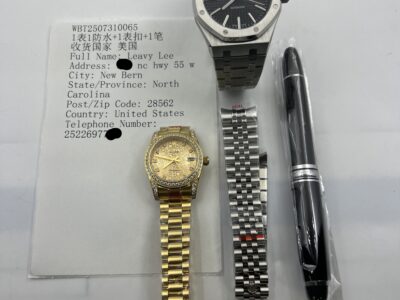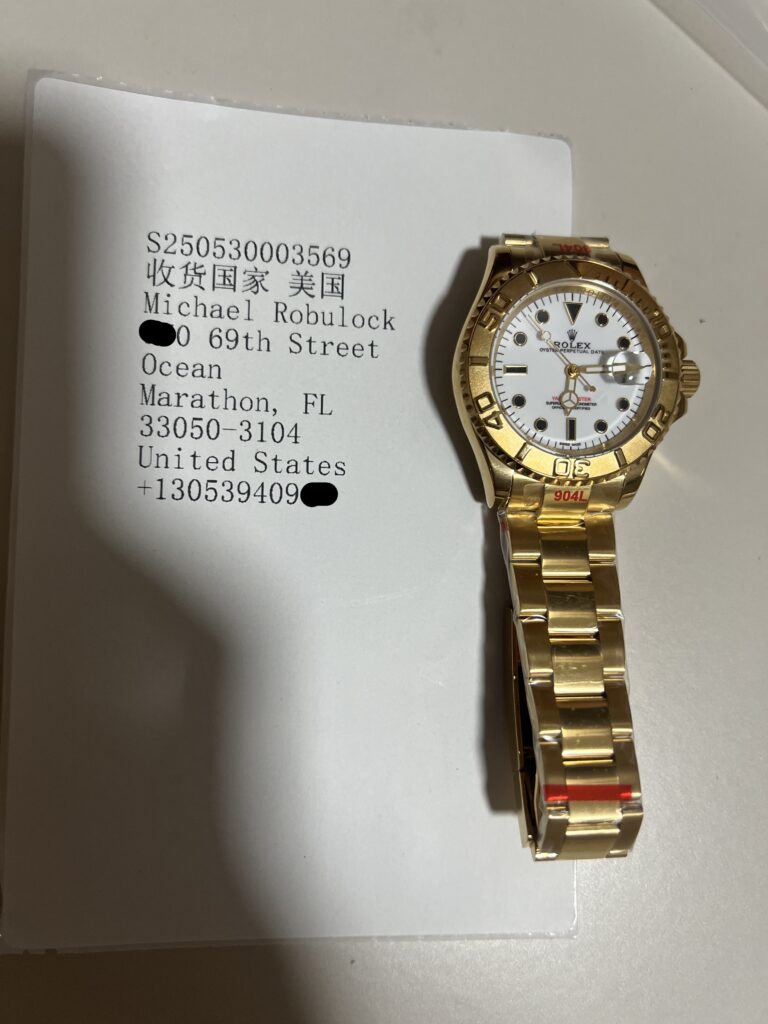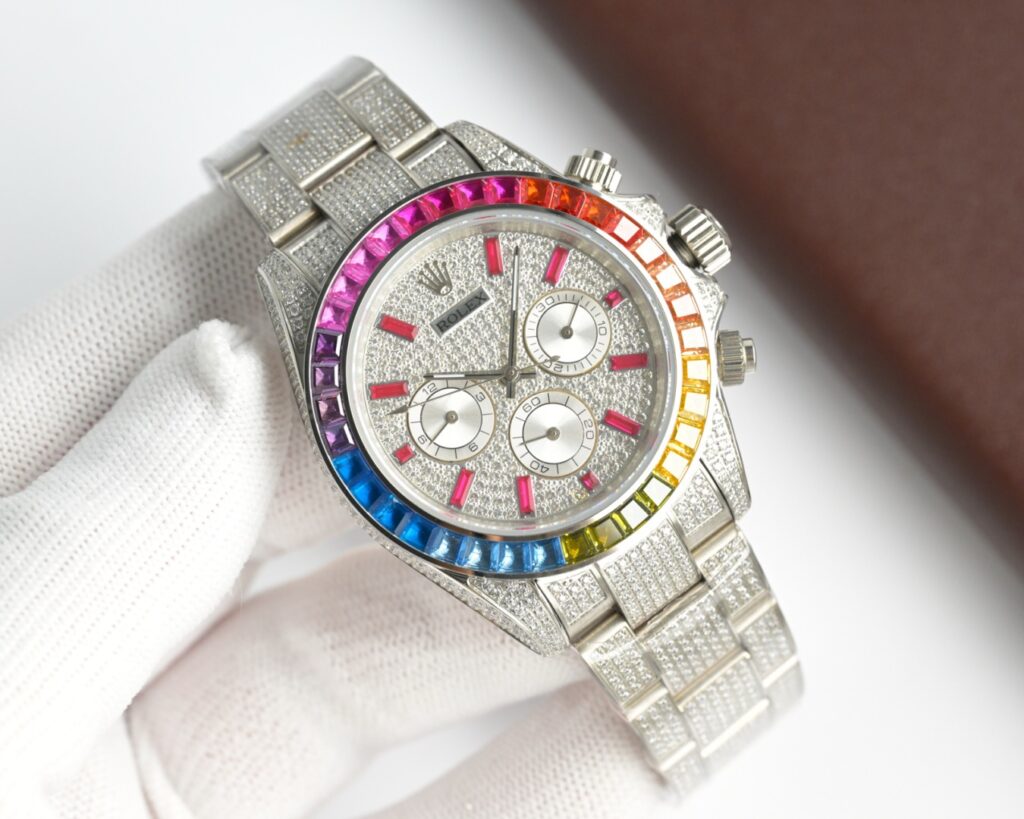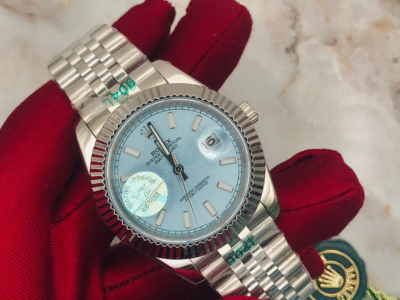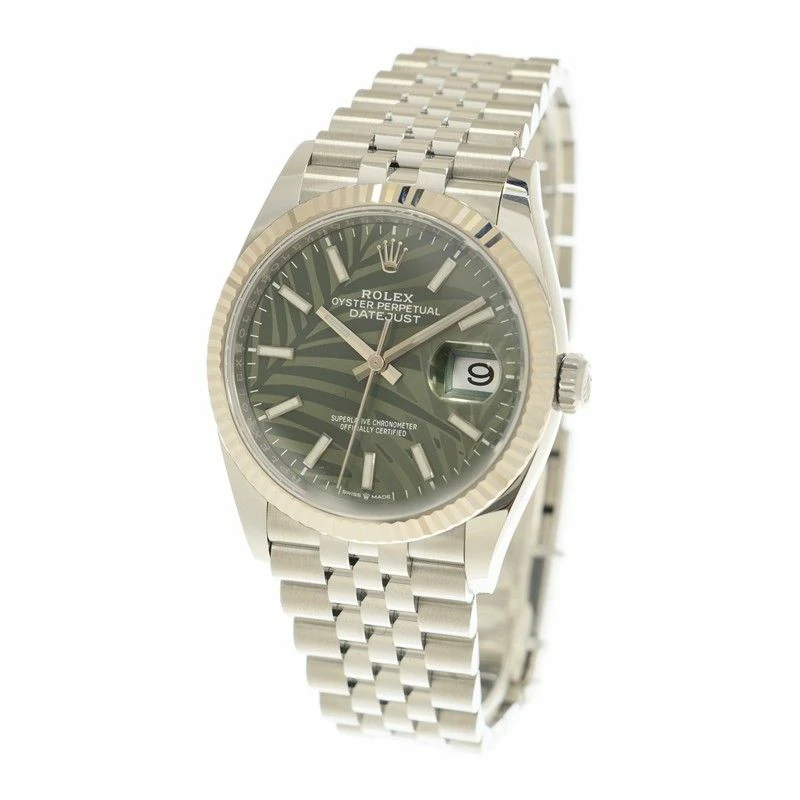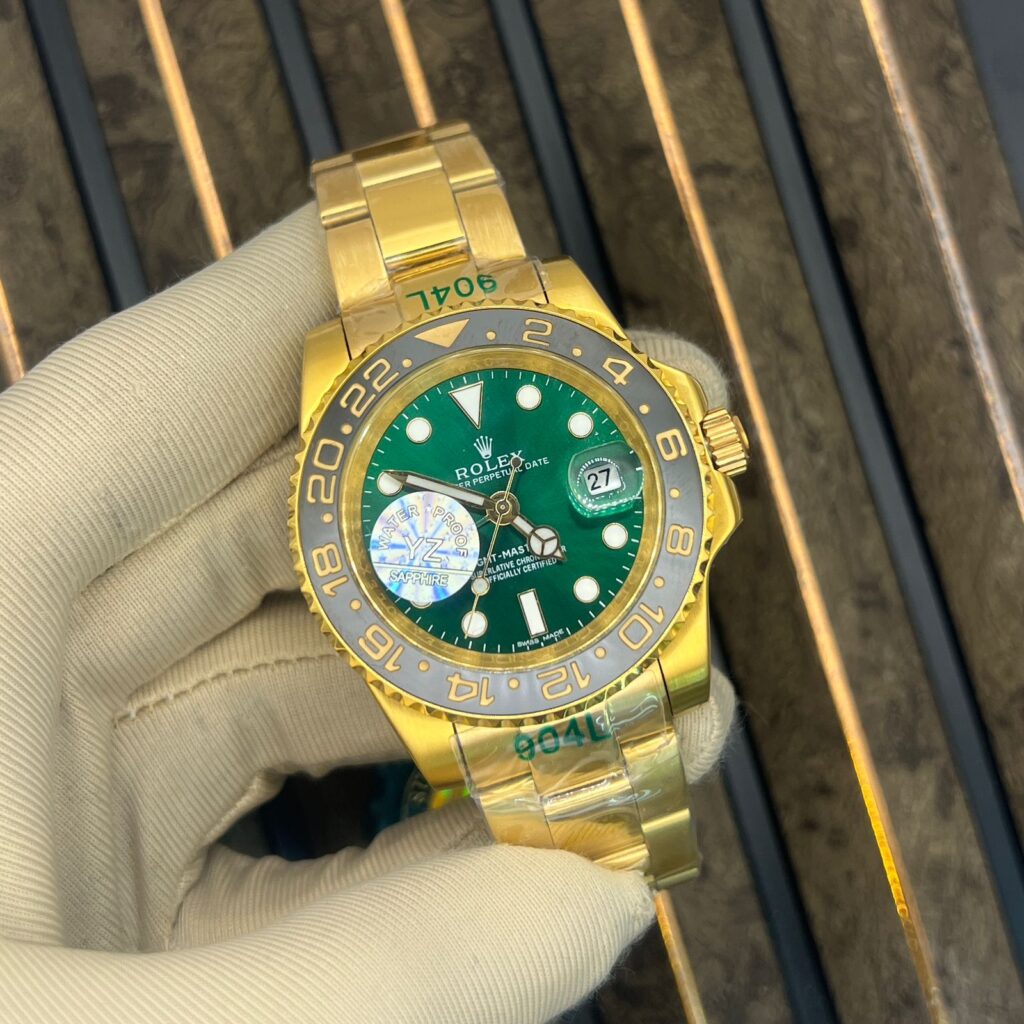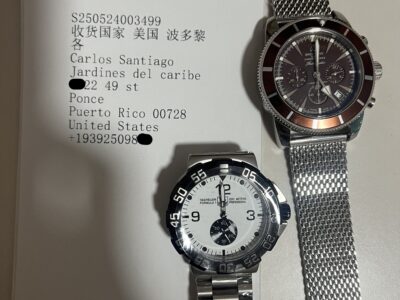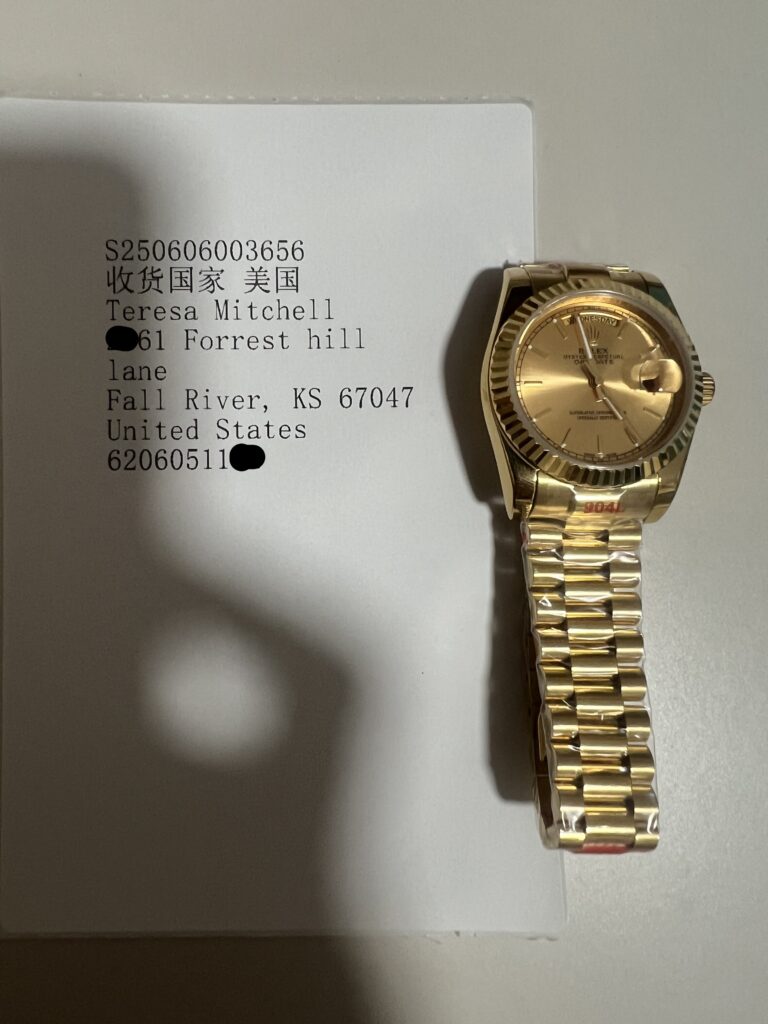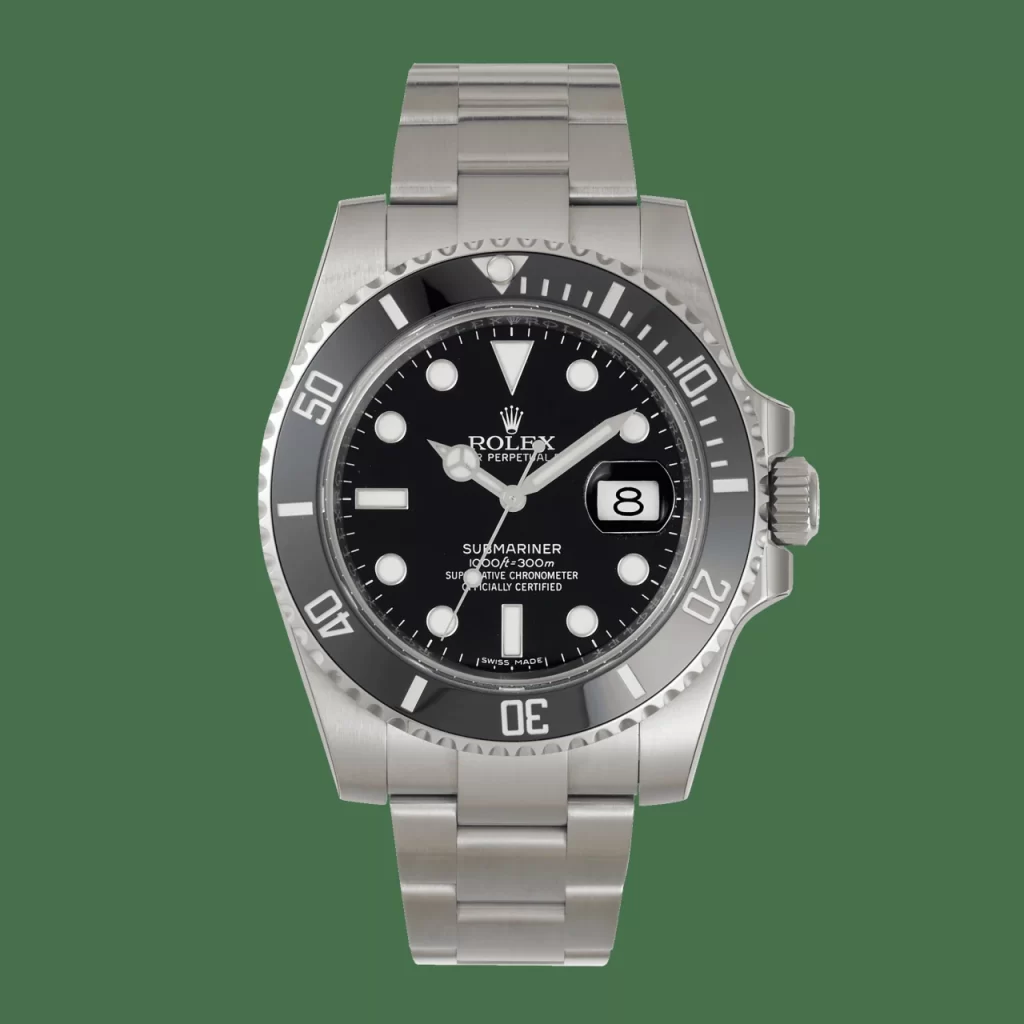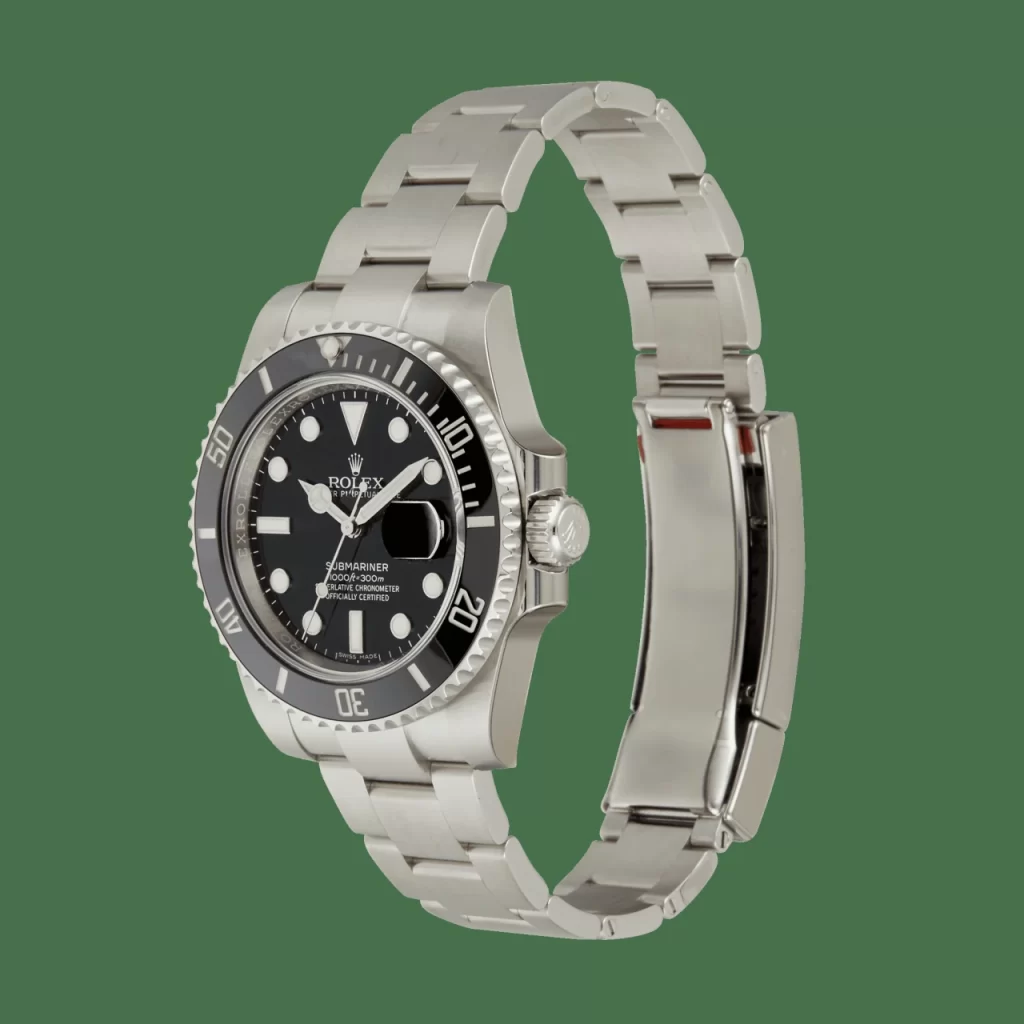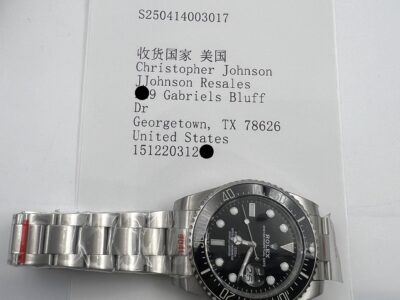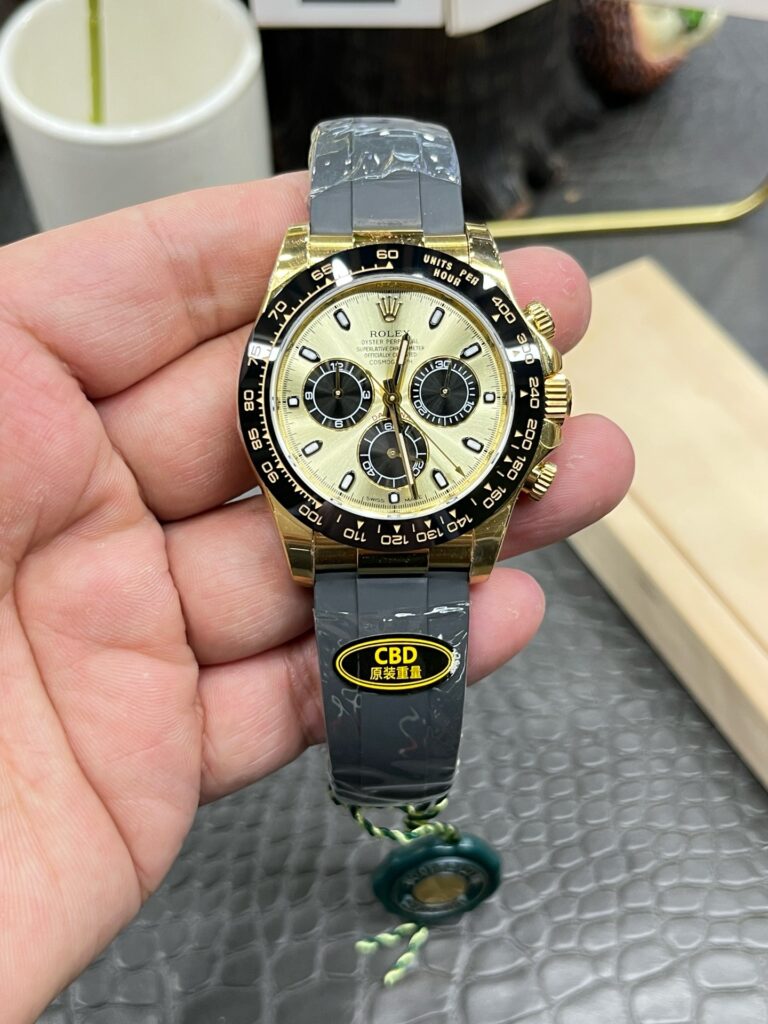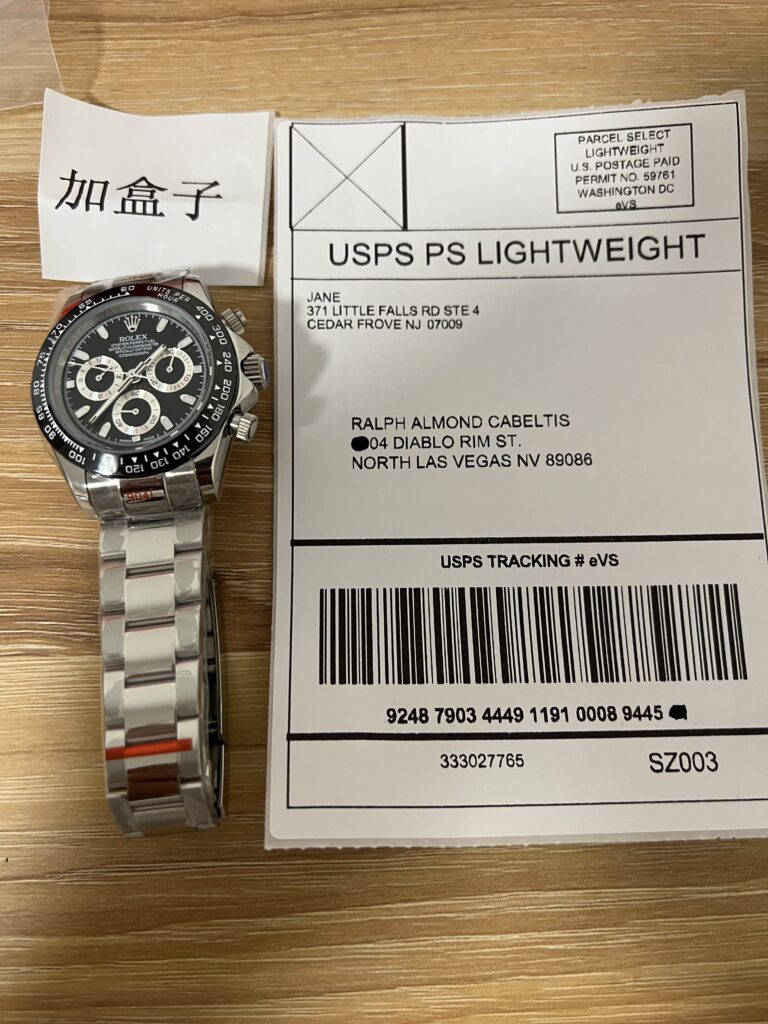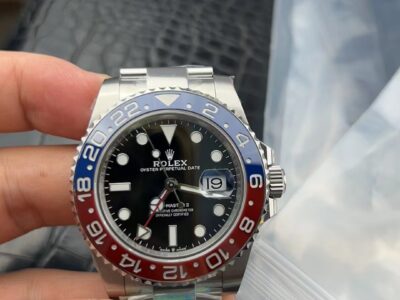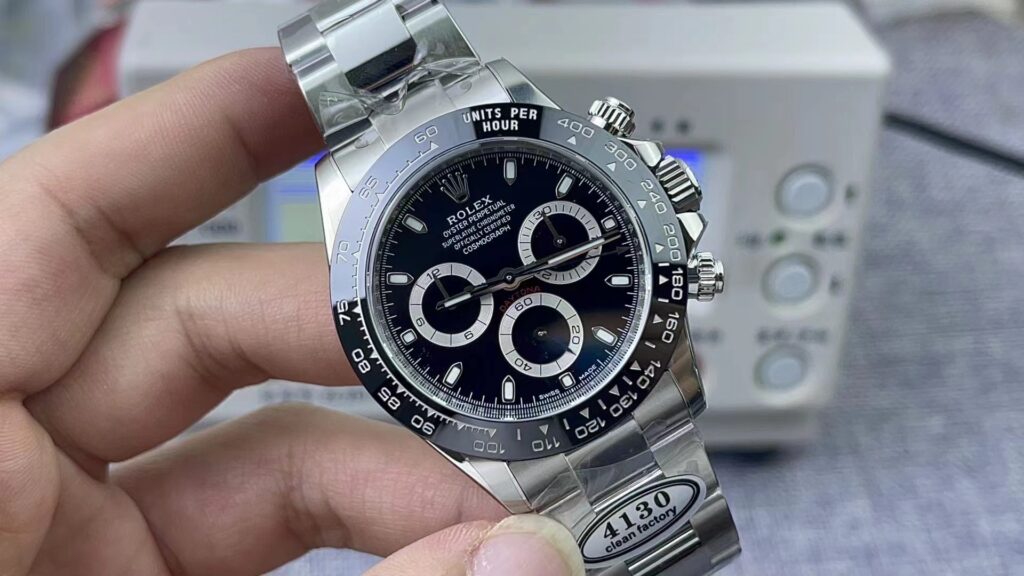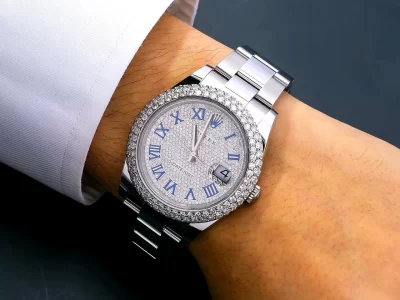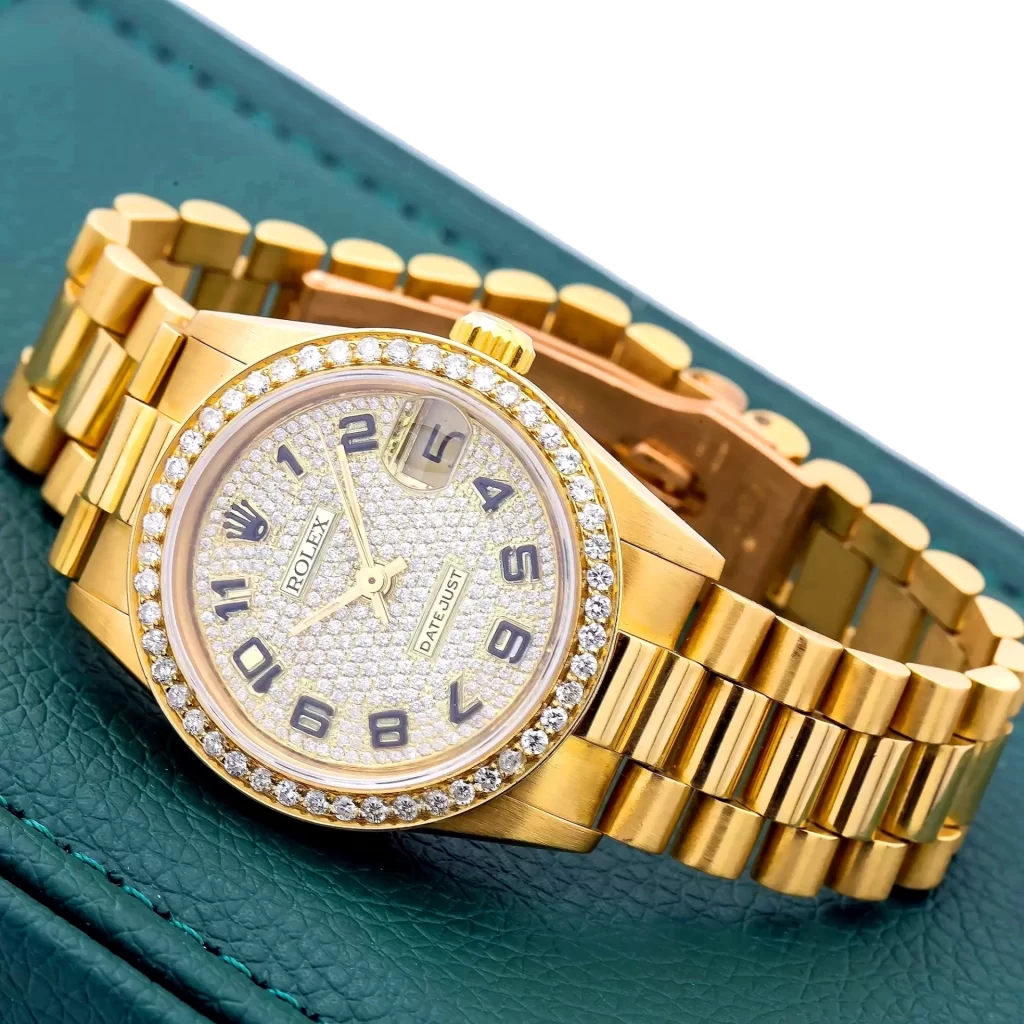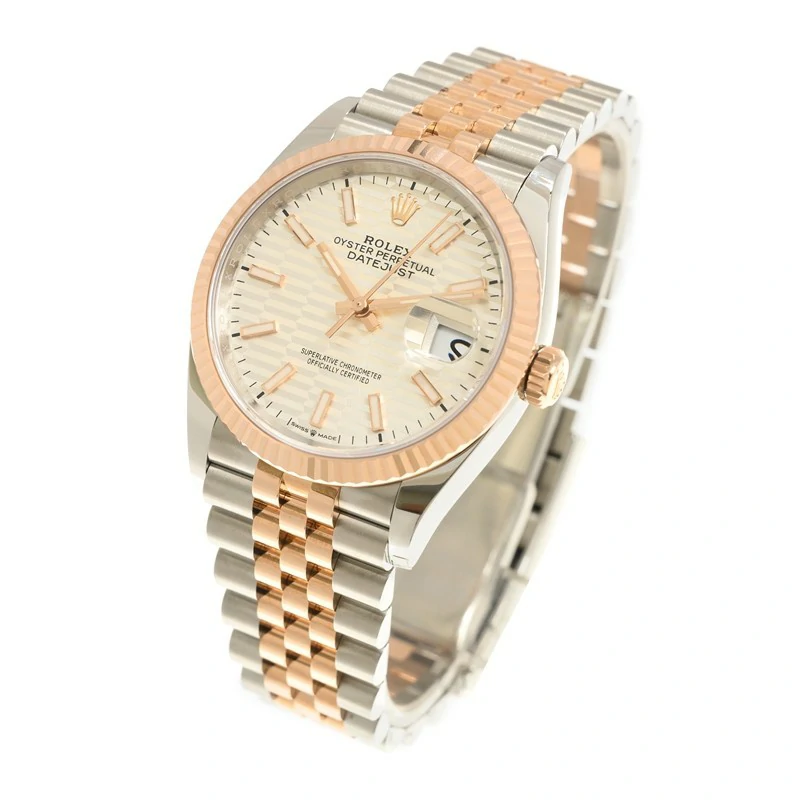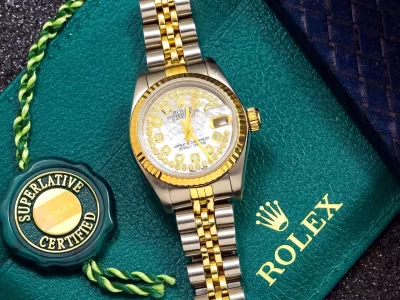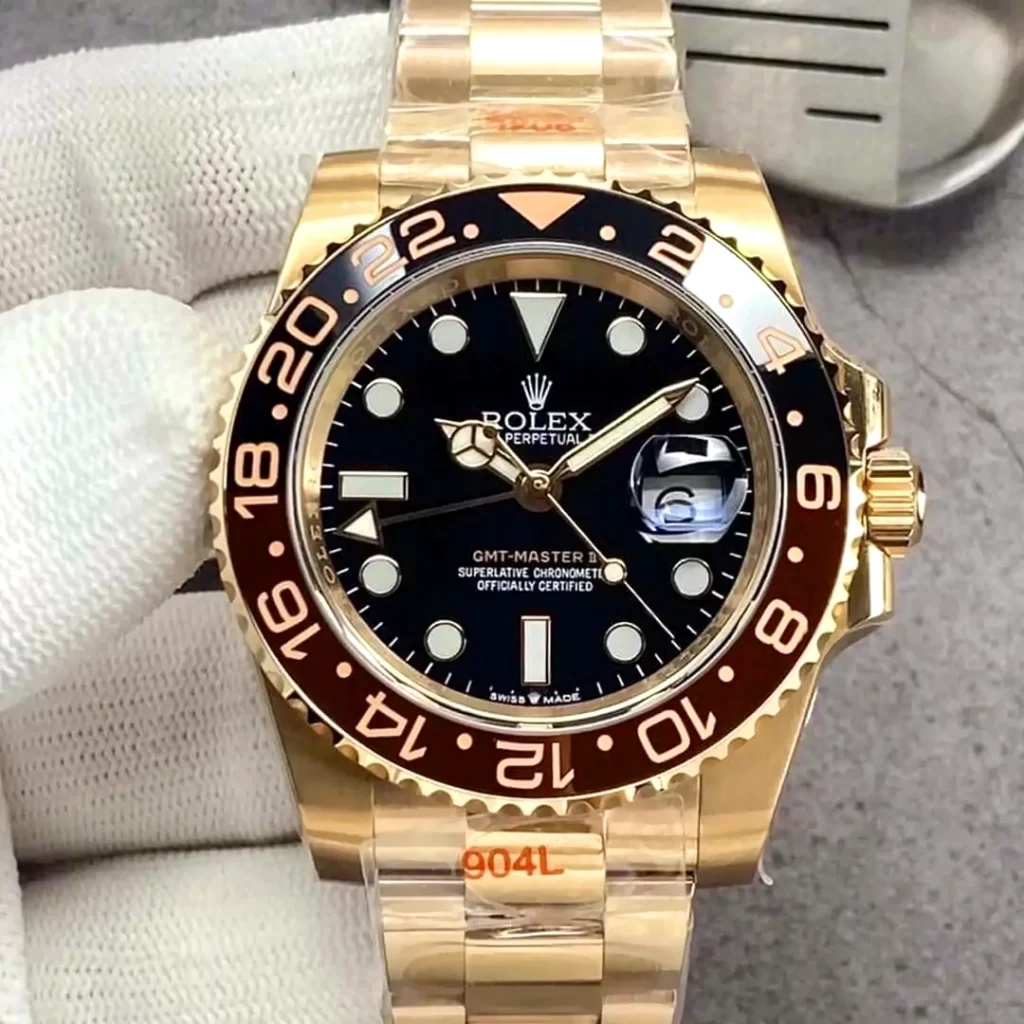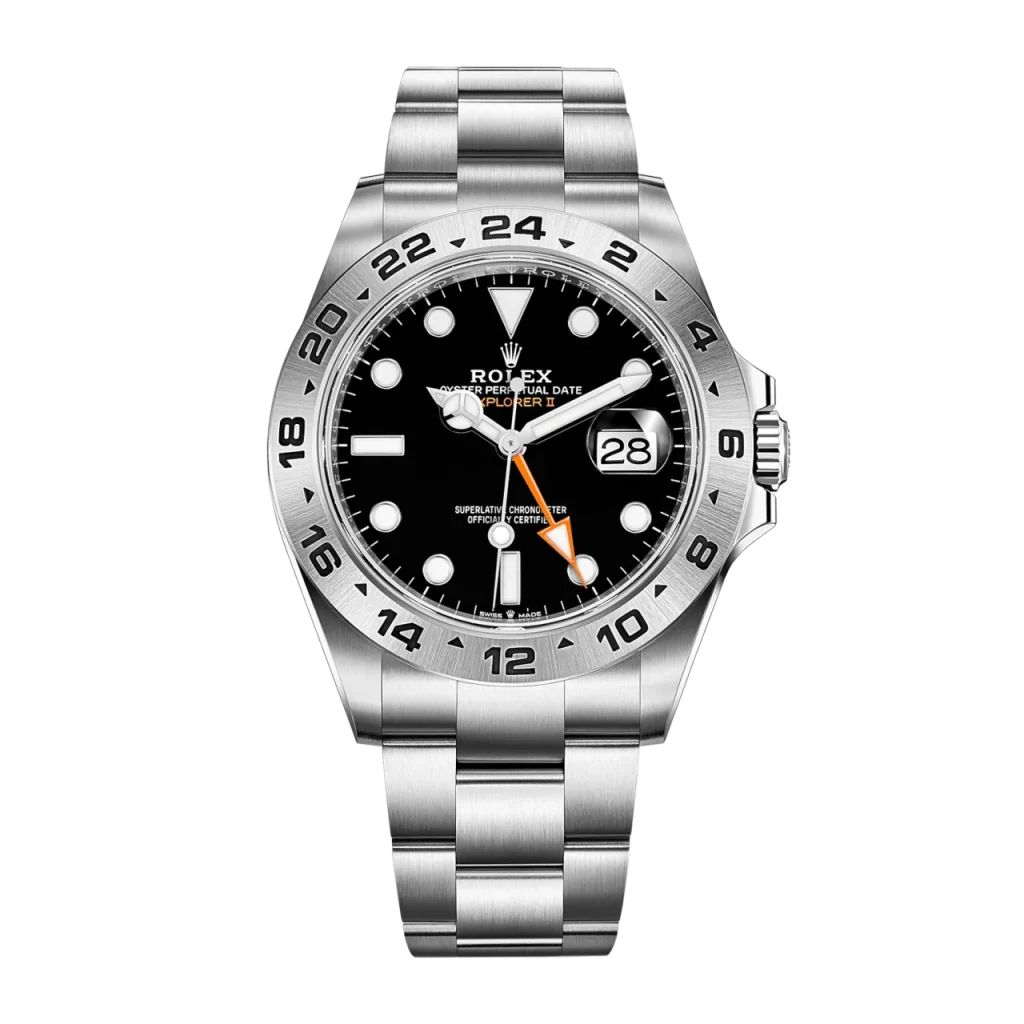What Makes Rolex a Pioneer in Watchmaking?
When you think of Rolex, luxury is usually the first word that comes to mind. But beyond the polished cases and iconic designs lies a history of groundbreaking technological innovations that have shaped the watchmaking industry. Rolex’s commitment to precision, durability, and innovation has made it a constant force in horology, and its relentless pursuit of excellence continues to push the boundaries of what’s possible in timekeeping. Let’s explore how Rolex has achieved this extraordinary status.
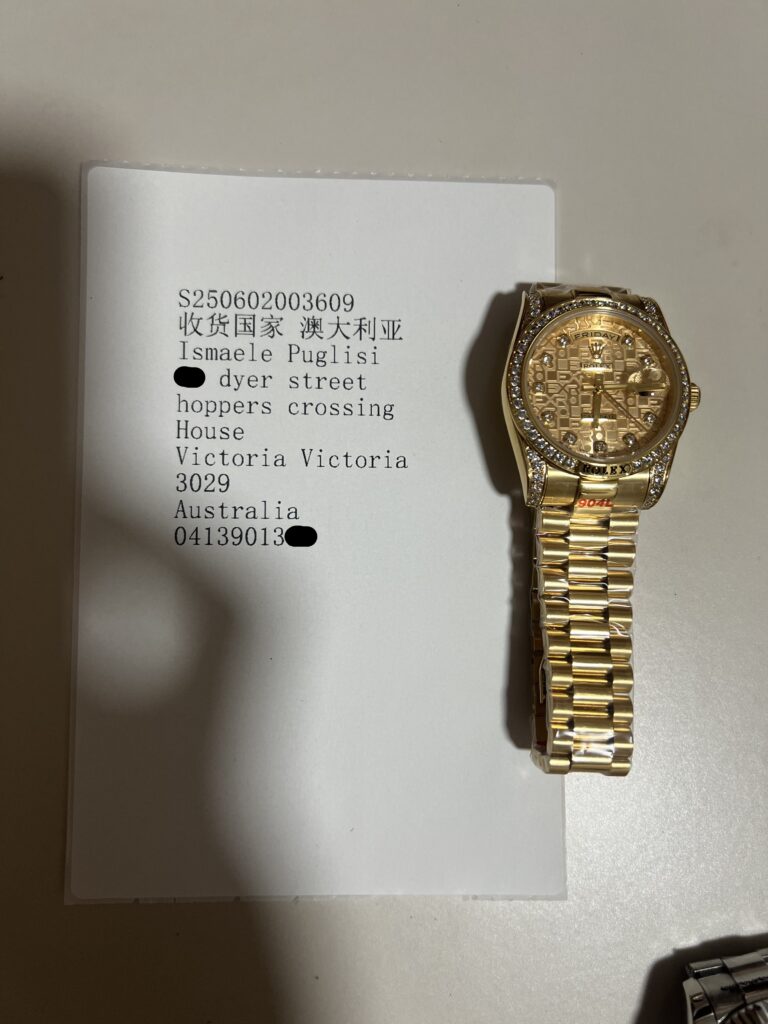
Waterproof, Legendary, and Timeless
Rolex revolutionized the concept of wristwatches in 1926 when Hans Wilsdorf unveiled the world’s first truly waterproof watch: the Oyster case. This groundbreaking design featured a sealed case middle, a screw-down case back, a secure winding crown, and a bezel that locked everything in place. It was the first time a watch was protected from the elements, and this invention was immediately embraced by the world.
Today, nearly every replica Rolex watch, from the classic Datejust to the rugged Submariner, comes equipped with an Oyster case. The design remains a hallmark of Rolex’s commitment to water resistance, with watches guaranteed to withstand depths of at least 100 meters. Over the years, Rolex has perfected this technology, refining the screw-down crown with the introduction of the Twinlock and Triplock systems, each offering dual or triple seals for added security. If you’re ever unsure of which system your watch uses, the presence of dots on the crown’s logo will tell you-two dots for Twinlock, three for Triplock.

But Rolex didn’t stop there. They introduced the Ringlock system, a marvel of engineering that includes a titanium case back and a compression ring that boosts the Oyster’s water resistance to an astonishing 3,900 meters. This makes the Rolex Deepsea a true marvel of both technology and design.
A Legacy of Precision
At the heart of every Rolex watch lies an innovation that dates back to 1931-the automatic winding rotor, or “Perpetual” movement. Rolex’s ingenious system of utilizing a central rotor to wind the mainspring with the motion of the wrist has become standard in automatic watches worldwide. Yet, Rolex’s true brilliance lies in its ability to refine and perfect these movements.
Take, for example, the blue Parachrom and Syloxi hairsprings. The Parachrom, crafted from a unique niobium-zirconium alloy, is immune to magnetic fields and temperature fluctuations. It also boasts superior shock resistance, making it perfect for larger watches. The Syloxi hairspring, crafted from silicon, shares these properties and is typically found in Rolex’s more compact models. Both hairsprings are a testament to Rolex’s commitment to precision and durability.
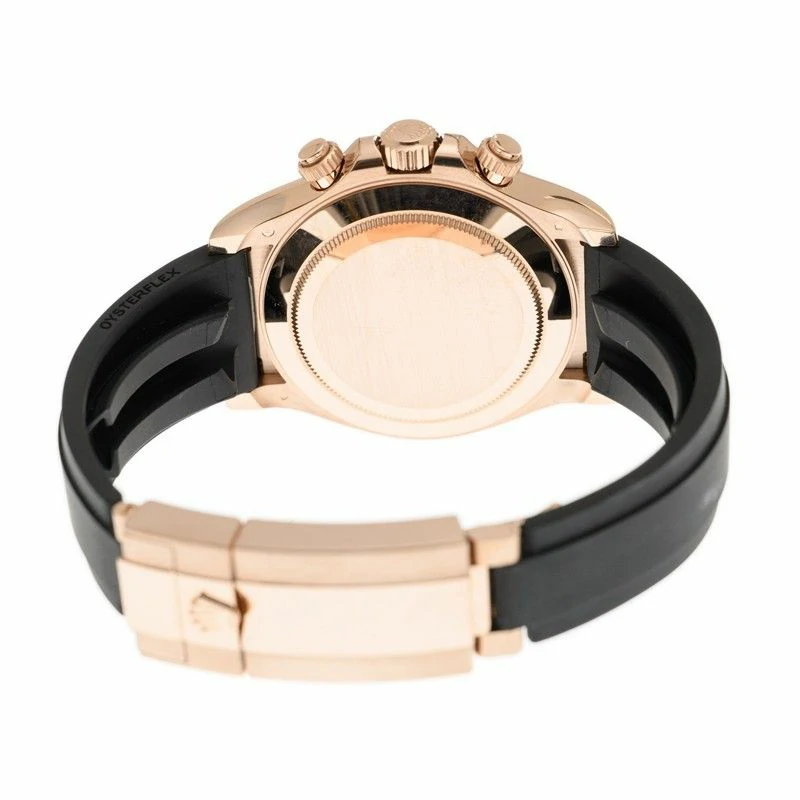
Another revolutionary development is the Paraflex shock protection system. Designed to absorb and dissipate shock energy, Paraflex reduces the risk of mechanical failure by up to 50%. Rolex’s Chronergy escapement, introduced in 2015, further increases energy efficiency by 15%, extending power reserves while reducing energy consumption.
In 2026, Rolex once again took the industry by surprise with the introduction of the Dynapulse escapement. Entirely made of silicon, this system incorporates two escape wheels and an innovative anchor design that distributes energy across the movement with remarkable balance. The Dynapulse’s shock resistance, magnetism immunity, and minimal maintenance needs make it a true marvel of modern watchmaking.
The Ultimate in Comfort and Flexibility
Rolex doesn’t just focus on technical innovation in its movements; it also designs bracelets and clasps that provide unparalleled comfort and security. The Oysterlock clasp, found on many of its diving models, uses a double-locking mechanism to ensure the watch stays securely on your wrist. But the real ingenuity lies in the Glidelock and Fliplock systems, which allow for precise length adjustments without the need for tools.
With the Glidelock system, wearers can extend the bracelet up to 20 millimeters in 2-mm increments, ensuring a perfect fit even in the most extreme conditions. For additional length, the Fliplock extension offers an extra 26 millimeters at the push of a button. Rolex also introduced the Easylink system in 1996, allowing the bracelet to expand by 5 millimeters to accommodate swelling wrists on hot days-yet another testament to the brand’s attention to detail.

Rolex’s Rigorous Quality Control
Every Rolex undergoes a battery of tests that go far beyond the industry norm. Each Oysterlock clasp is subjected to 26 drop tests and is opened and closed thousands of times-far more than any clasp will face in its lifetime. The company’s rigorous “bélier” crash test simulates the impact of a high-speed collision, with forces up to 5,000 Gs, a force hundreds of times greater than that in a car crash.
Rolex also goes to extraordinary lengths to ensure water resistance. Each watch is tested under water pressure that exceeds the guaranteed rating by up to 10%. For diving models, that figure can rise to 25%. Every Rolex Oyster has passed this pressure test before leaving the factory, making it one of the most resilient watches in the world.
Additionally, Rolex conducts real-world testing with a robot that mimics a year’s worth of human movement in just seven days. This includes everything from daily activities to intense physical movements, ensuring that each watch can withstand the rigors of daily life.
The Unmatched Accuracy of a Rolex
The precision of a Rolex watch is second to none. Each Rolex movement must first pass the strict chronometer test of the COSC (Contrôle Officiel Suisse des Chronomètres). But the testing doesn’t stop there. Rolex then tests each movement again in its own laboratories, adhering to standards that are even more stringent than the COSC. A standard chronometer allows a deviation of -4 to +6 seconds per day, but a Rolex can only deviate by a maximum of -2 to +2 seconds per day before earning the “Superlative Chronometer Officially Certified” title. This dedication to accuracy ensures that every Rolex is a precision instrument.
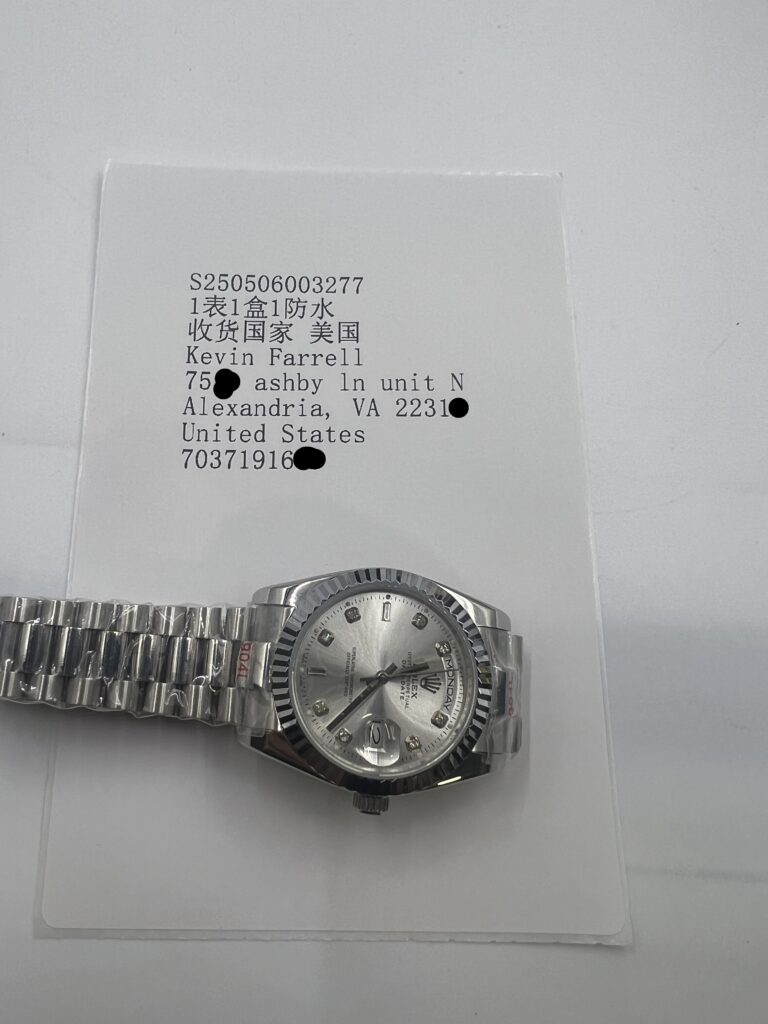
A New Era of Cerachrom
In 2005, Rolex began outfitting its professional models with bezels made from its own proprietary ceramic mixture-Cerachrom. This material is virtually scratch-proof and resistant to UV rays, allowing it to maintain its color and finish for decades. The first Cerachrom bezel was monochrome, but in 2013, Rolex developed a groundbreaking process to create a two-tone ceramic bezel insert. The fake Rolex GMT-Master II “Batman,” with its black and blue bezel, became an instant icon.
Rolex’s mastery of Cerachrom has since expanded, with color combinations such as the “Pepsi” red-and-blue bezel and the “Sprite” green-and-black bezel. This innovative material has transformed the look of Rolex watches while ensuring they retain their timeless appeal.
Rolex’s Commitment to the Future
Rolex is not only focused on innovation today; it’s invested in preserving its legacy for the future. Through its dedicated training center in Geneva, Rolex ensures that the knowledge and skills accumulated over more than a century are passed down to future generations. By educating the next generation of watchmakers, Rolex guarantees that its pioneering spirit and commitment to excellence will continue to thrive.
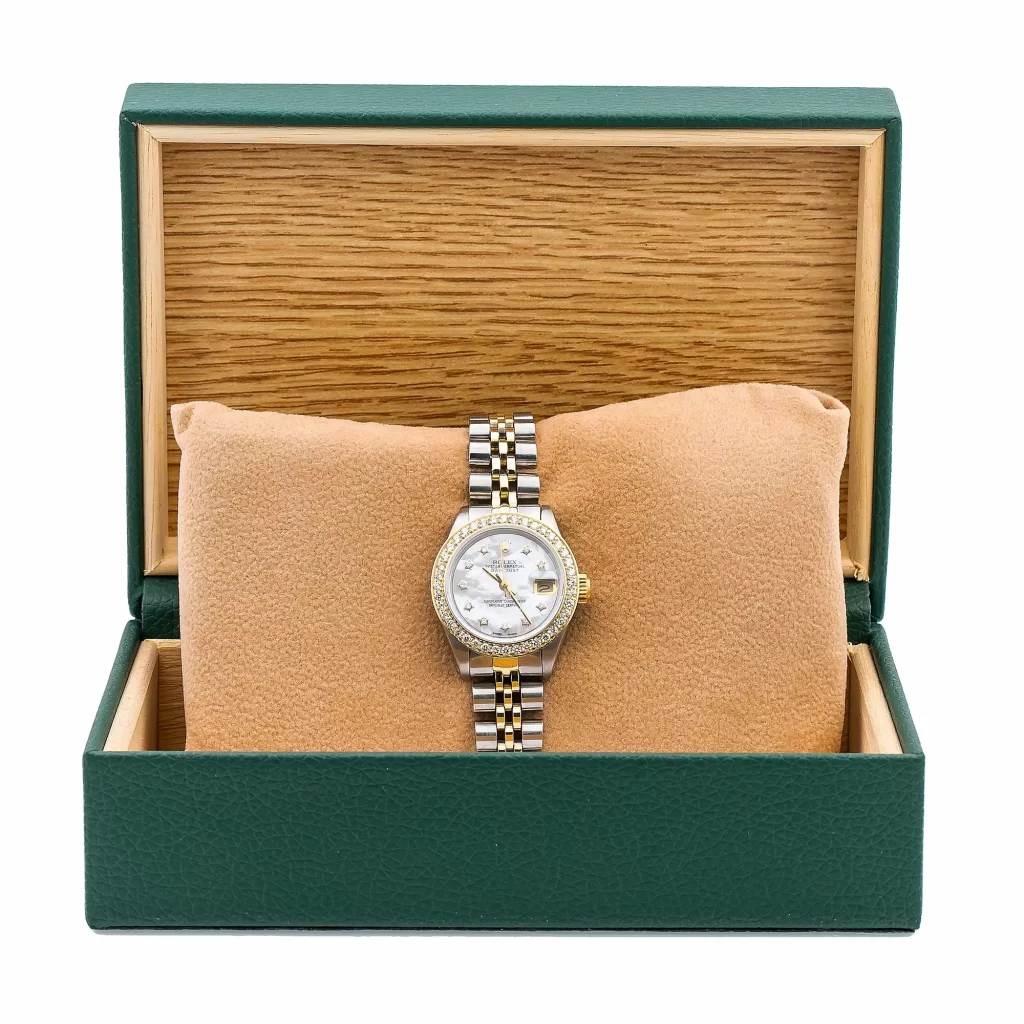
Rolex stands as a beacon of innovation, craftsmanship, and precision. Every development, from the Oyster case to the Perpetual calibers, tells a story of a brand that never rests on its laurels. Rolex watches are not just instruments of time-they are the culmination of over a century of relentless pursuit of perfection.

